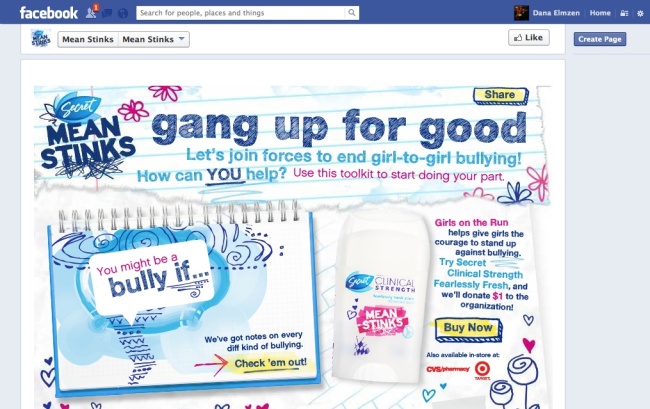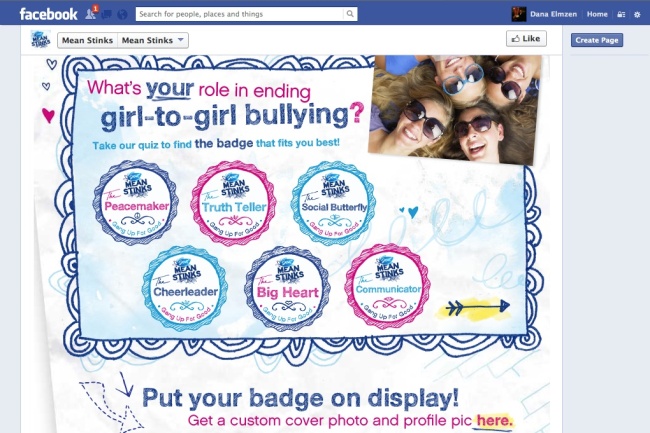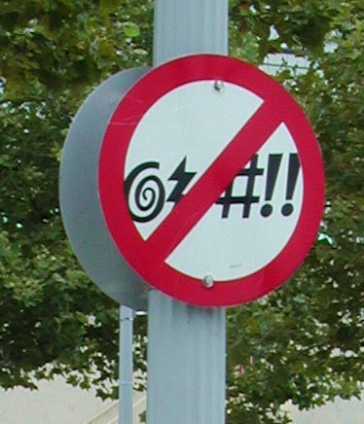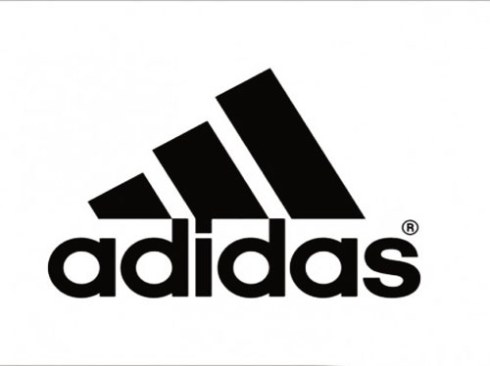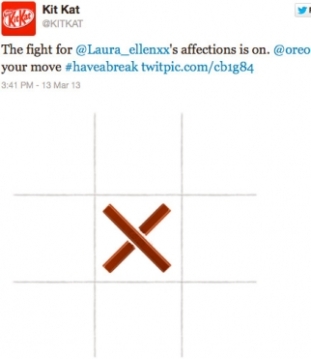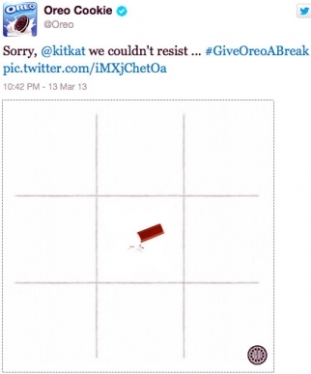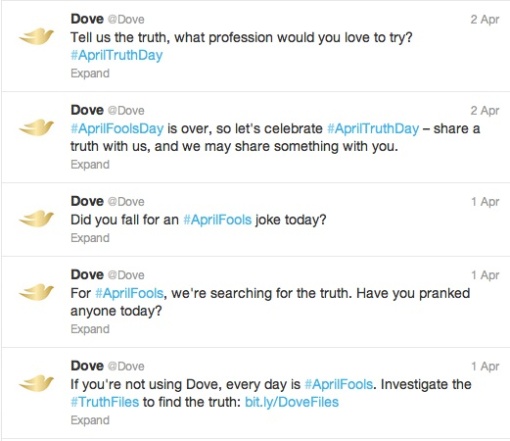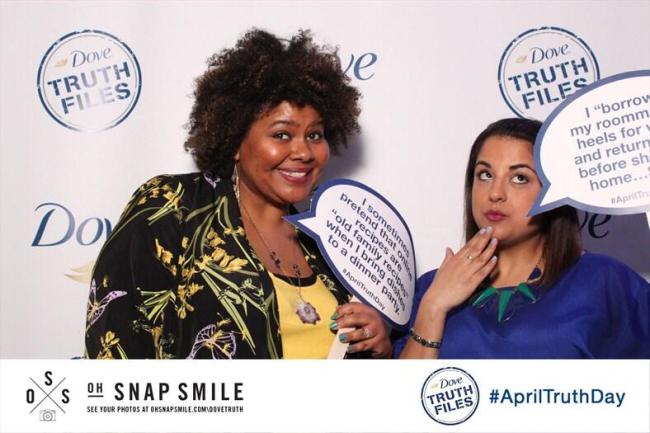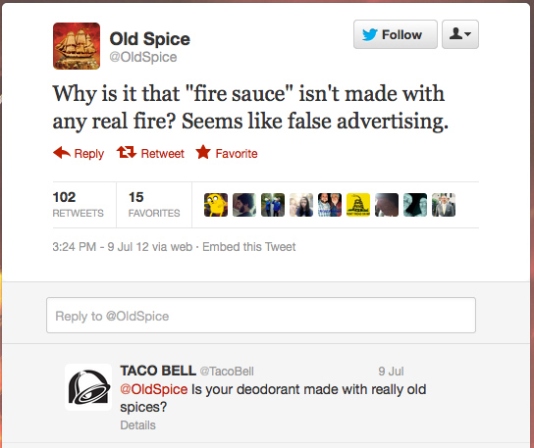Bullying has been a hot topic in recent years. Surprisingly, many of these bullies are female. So how does a brand like Secret deodorant curb these hurtful words while building brand credibility? They create a Facebook campaign called “Secret- Mean Stinks.”
As stated on their Facebook page, “What kind of Mean? Girl-to-girl, face-to-face, text-to-text, whatev. This is the place for undoing it. #gangupforgood with tips, tools and challenges.” Secret wanted to create a platform for high school and college aged females to combat bullying. Why? Their social strategy was to increase engagement with their audience.
The result? The campaign took off like a wildfire. According to an article on AdAge, Secret’s Mean Stinks garnered over 50,000 likes during the course of 15 days. Which, at the time was more than it’s male competitors Old Spice and Axe. During the campaign Mean Stinks also was also able to make a donation of over $10,000 to Pacer’s National Bullying Prevention Center. The donation came directly from women requesting online coupon donations found on their website and Facebook and from downloading iAd wallpapers.
The response on social media was huge and remains to create positive buzz. The Facebook page currently has 477,000 likes and their Twitter has nearly 28,000 followers.
So how exactly was a deodorant company able to generate so much feedback and engagement? The company mainly focused on Facebook. On the Mean Stinks Facebook, an anti-bully toolkit awaits.
There are notes on how to tell if you yourself are a bully. Then, there’s an option to take a quiz to earn a badge for an official title in ending girl-to-girl bullying. The quiz ends with selecting one of six anti-bullying roles: the peacemaker, the truth teller, the social butterfly, the cheerleader, the big heart and the communicator.
Frequent posts giving those who liked the Facebook page valuable content is another factor in the success of this campaign. These posts encourage girls to “like” a picture, for example, of a fresh manicure with a blue painted pinky finger. Why? Because Secret has stated that the blue pinky signifies that you are in the fight against bullying. Some of the posts are as simple as “True or False: Self respect is everything.” This post was four days ago and gained 805 likes, 85 comments with numerous replies and 31 shares.
Last, this campaign pulled at my heartstrings when I learned that Secret also encourages making amends with those you may have bullied. They provide this as a private message, as to respect everyone’s privacy. There is also a link on their Facebook where girls can find help 24/7 if they feel bullied.
This campaign was successful for a variety of reasons, but their use of social media was dead on. Their cause led them to a target audience who utilizes social media daily. By providing consistent, quality content, females WANTED to partake in this conversation. I also learned that positioning a brand with a cause is a great way to get people fired up and engaged.
